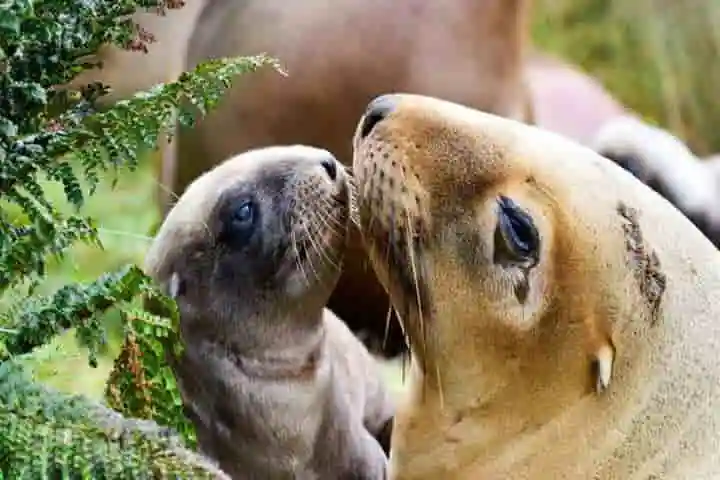While there is good news for the sea lions and people of New Zealand, especially wildlife enthusiasts with a boom in the sea lion numbers, it also throws up the moot issue about people adjusting to this population increase in the mainland and avoiding human-animal conflict.
Once the mainland, around 200 years ago, boasted of a large populace of these mammals until they were virtually exterminated by hunting and forced to move to the southward islands according to an article in smithsonianmag.com. It changed in 1993, when a female gave birth on the mainland kicking off an increase in their numbers. They were now found in forests, golf courses and swimming pools, said a report in the New York Times.
With the present population of the sea lions pegged at 12,000, even though the species continues to be endangered, a need to have data about where these creatures resided and moved around in the mainland was felt. Earlier models did not completely reflect how sea lions were distributed so the new study aimed at creating a more comprehensive database by combining algorithmic modelling with field data.
Speaking on this aspect, the study’s lead author Veronica Frans who is a Ph.D. student at Michigan State University, said in a statement: “It’s one thing for wildlife rangers to look out for sea lions on sandy beaches, but it’s another challenge for them to tromp through forests to find baby sea lions hiding under the trees.”
Varied habitats of the creature were charted and these included the sand, slopes, cliffs, forest and grass while also including barriers created by human beings such as farms, neighbourhoods and roads. The research helped scientists comprehend as to where the sea lion could possibly live, the way they could reach those spots and the imponderables they could face.
The findings of this study made it to the journal Methods in Ecology and Evolution this week.
Frans remarked: "While we can’t know for sure where female sea lions will go on the mainland, we can use models to make helpful predictions.”
Also read: In Africa many elephants are now born without tusks in nature's revolt against poaching
The model identified 395 likely sea lion habitat spots, 90 per cent of which had obstacles like fences and roads, created by human beings.
In a media release Frans remarked: "Nearly 400 sites seem like an incredible potential for a bright future for these sea lions. All signs point to many more sea lion pups in the future, if we do our best to welcome them.”
Being protective about their young, mother sea lions can move more than a mile into the forests for the safety of their pups from hostile adult males and vagaries of nature. The trek up to these spots are fraught with dangers like getting hit by cars while crossing the roads or overcoming fences, reported Isaac Schultz for Gizmodo.
Moreover, not all the people on the mainland welcome the sea lions as some get shocked on encountering a mother and her offspring while at times their presence tends to disturb smooth flow of traffic and movement. Once a road was closed for a month to safeguard a mother and her pup. There have been some instances of people killing them wantonly.
Also read: Dragonflies fly from India to Africa, "fuelled" by body fat and favourable winds
Elaborating on the usefulness of the model, Laura Boren who is the Science Adviser for New Zealand’s Department of Conservation told the Times: "One way [modeling] will help is the public awareness and engagement and knowing which communities to target as the population expands. We can get people ready for sea lions coming to their town."
Frans stressed that there is a need for co-existence between the sea lions and the people and told the Times that there is a way to live together. "It’s difficult because we imagine protected areas being areas that kind of kick people out, but people are allowed to be integrated in those places. It’s more that we find a balance."




















